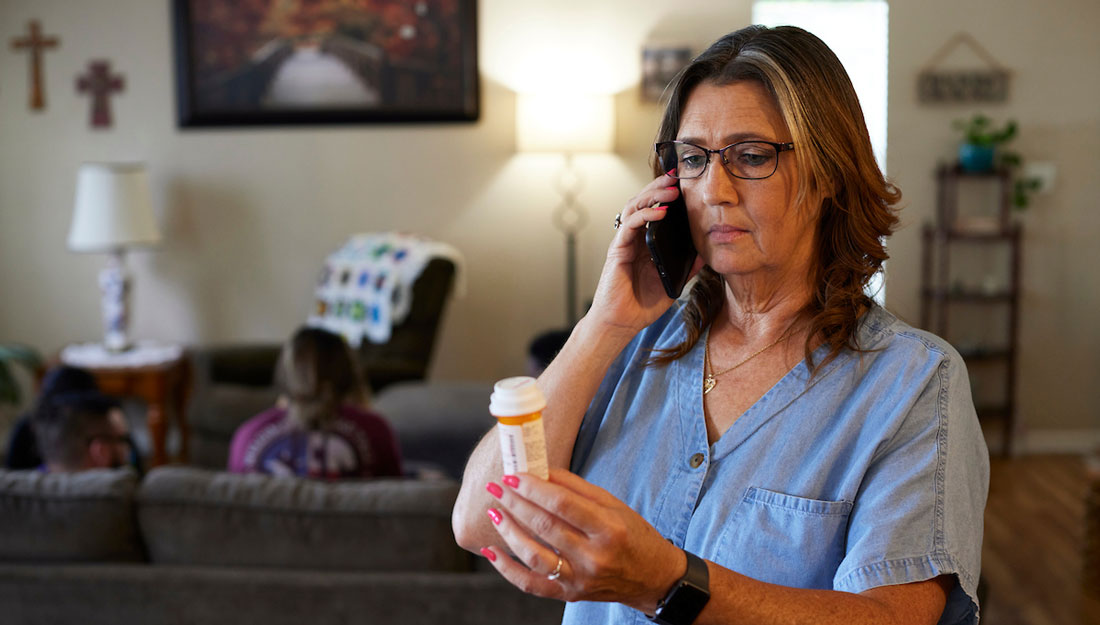As temperatures rise, so does heat exhaustion risk
Kory Gill has summer on his mind, but it isn’t because of an upcoming vacation.
A sports medicine physician at Texas A&M Physicians and regular team physician for Bryan-College Station High Schools and Texas A&M University, Gill knows summer fun brings new risks to children and families. And one of the biggest and most often overlooked hazards is heat exhaustion.

“Our bodies keep us cool primarily by sweating, because the evaporation of sweat has a cooling effect,” says Gill, D.O., of the Texas A&M Health Science Center College of Medicine. “Heat exhaustion occurs whenever your body can’t keep itself cool, either because sweating isn’t enough to cool you down, or you aren’t well-hydrated enough to produce enough sweat.”
But, he adds heat exhaustion isn’t just a summer hazard.
“The outside temperature, the amount of liquid you’re taking in and how strenuously you’re exerting yourself are all factors,” Dr. Gill says. “This can become a real risk for children, not just in the summer but in the spring. Humidity is also a factor, because it reduces your sweat’s evaporation, which makes sweating less effective in cooling you down.”
Dr. Gill says people tend to think of heatstroke occurring under extreme circumstances –the peak of summer or playing through a long football game – without understanding that the risk of heat exhaustion can be present even without these extremes.
“Playing outside – whether it’s on the playground or in organized sports – puts kids at risk of heat exhaustion, which can present as dizziness, confusion, nausea and headaches as their body temperature rises to an abnormal level,” he says. “The high temperatures also put a person in danger of having heatstroke, which is even more threatening because it can cause damage to your organs and brain, or even lead to death.”
To prevent heat exhaustion, Dr. Gill recommends parents ensure children are drinking plenty of liquids when active outside and they take breaks periodically throughout the day to cool off. If symptoms develop, bring the child into a cool indoor environment immediately; give a cool bath or shower, if possible; and provide plenty of cool liquids the rest of the day, avoiding further physical activity. Should symptoms persist for an hour or worsen, take the child to a doctor.
Tips for heat exhaustion and other summer safety are available in the Texas A&M Physicians’ Kids’ Summer Survival Guide.
Media contact: media@tamu.edu


